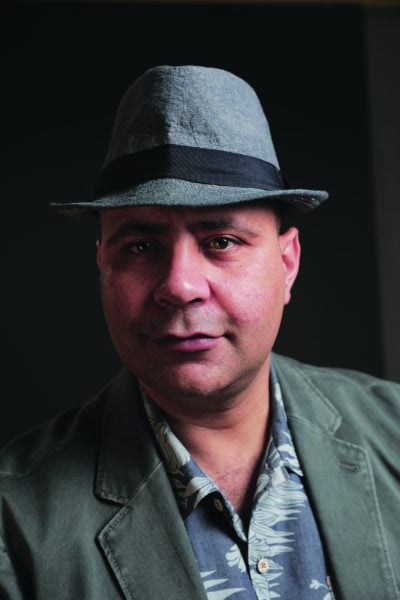
Everyone awaits Ramadan to watch those charming commercials inviting us to have big gatherings and come closer. But we all experienced a Ramadan, unlike any other last year. As marketers, the pandemic made us confused and contradictory with what we want to communicate with the audience. For the first time in the entire history of Ramadan communications, we told people to be apart, keep social distancing and stay home.
We all expected things to get better by Eid Al Fitr (the one right after Ramadan), and we left our beautiful, celebratory concepts in the drawers, and ended up running ‘stay-at-home’ campaigns. Shortly after Ramadan started, we realised that we should keep those concepts hidden for longer, and we all hoped to take them out to the public in Eid Al Adha (70 days after Ramadan’s end), but it was just another disappointment.
Want to know more about how brands and consumers will be spending their money and time this Ramadan? Join our Ramadan webinar on 7 April.
And here we go again. Next Ramadan is around the corner, and we all have a pile of briefs for various brands that the clients want to be part of the Holy Month. But the dilemma still exists, as everyone wants something different to stand out and make a statement, but no one has any idea about what to say, exactly. In fact, it’s more challenging this year, because people are waiting to live Ramadan vibes again, but the pandemic is not over. So we cannot tell people to come together or to stay at home, and those ‘beautiful togetherness’ ideas are still hidden in our drawers.
As marketing people, we share the same enthusiasm with our clients to be part of Ramadan’s culture and produce memorable, engaging and real communications that reflect the current situation in neutral ways, keeping in mind production challenges, travel restraints, shoots and budgets cuts.
But, as always, more opportunities arise with these challenges, as people now have more time at home, hence, more time to spend on their phones, tablets, TVs and other channels, which leads to more chances of engagement. So, although habits have changed a bit nowadays in Ramadan, the spirit of it remains valid and people are even more eager to feel the vibe again as they miss the culture of this annual event, which was literally cancelled because of the pandemic.
Moreover, the difficulties we face with shooting films and budgets restraints also open the door for new and fresh executions we didn’t consider before, like animations, motion graphics and digital and social activations. This also encourages us to think more about social than before and transform the conventional methods of advertising during Ramadan into more snackable content and communications. So, we can now produce more executions during Ramadan instead of having one repetitive communication. Eventually, this works better in answering the change of our consumers’ behaviour and habits from the beginning of Ramadan till the end. Additionally, we have to admit the role of influencers as well and give them more room to be part of our Ramadan entertainment routine.
We say “Ramadan Kareem”, which means the season is generous with everything it gives, and this includes the ways we can approach it and advertise for it. After all, everything is changing around us rapidly, and Ramadan is not an exception. Some habits might change but the essence, the vibes and the spiritual side of it will always remain the same, and we can always build on that.









